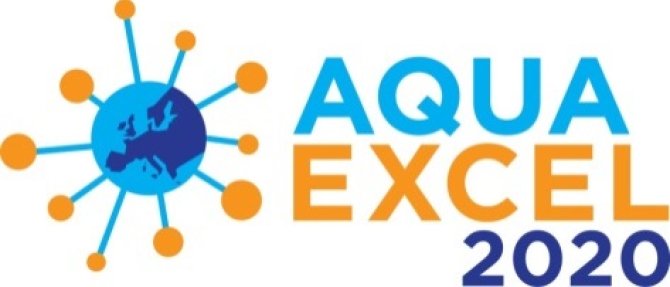Project
Aquaexcel2020; Aquaculture infrastructures for Excellence in European fish research
AQUAEXCEL2020 aims to integrate top class European aquaculture research facilities, covering all relevant scientific fields for research and innovation in aquaculture, from genetics to technology through pathology, physiology and nutrition.

AQUAEXCEL2020 aims to integrate top class European aquaculture research facilities of very diverse nature, covering all relevant scientific fields, species and systems, by putting in place a one-stop/easy access to high-quality services and resources, based on the aquaculture community’s needs, to enable excellent research and sustainable innovation to both public and private sector actors.
Coordination level
At the coordination level AQUAEXCEL2020 aims to offer comprehensive and harmonized services by a full range of facilities for the benefit of users. In particular it will:
- Efficiently structure, manage and promote Transnational Access to the partner's high level facilities and give them more visibility and attractiveness in the EU and worldwide (WP1)
- Develop an integrated portal (one-stop access) describing infrastructures and services available to facilitate access by research teams (special focus on young researchers and SMEs - WP1-4)
- Develop a strong partnership with industry through close involvement of the AQUAEXCEL2020 Industry-Research Advisory Panel to promote TNA research on industry-relevant topics and to facilitate transfer of knowledge generated by TNA and JRAs to relevant industry partners (WP2)
- Harmonise Aquaculture RI service provision across the EU implementing standardised terminology and experimental protocols (e.g. for sampling, handling, disease challenges) supported by a training programme for technical and research staff and TNA users (WP4, supported by research in WP6)
- Define and implement a sustainable collaboration model and partnership agreement with EMBRC and ELIXIR regarding the long-term provision of data and resources (via WP3 and 4)
- Implement across all AQUAEXCEL2020 facilities access and data management policies in line with both the Principles of data management and sharing at European Research Infrastructures and common standards and best practice defined in conjunction with other RIs such as ELIXIR and EMBRC, (via WP3)
Joint research level
At the joint research level AQUAEXCEL2020 aims to develop new tools and add value to existing tools, resources and related services for the benefit of all users by:
- Providing new ways to conceive, conduct and analyze experiments through the development of "Virtual Laboratories" using numerical modelling, Machine Learning and Artificial Intelligence (WP5)
- Providing state-of-the-art tools for carrying out both basic and applied research in aquaculture at each stage of the experiment, notably optimized sampling and handling protocols for fish experiments, understanding long-term impacts of early rearing phases, and identifying humane endpoints for disease challenge testing (via WP6)
- Rationalising the characteristics of fish used in experiments across EU by adding value (phenotypic and genotypic characterization) to the work on production of isogenic fish lines done in FP7-AQUAEXCEL, and developing innovative solutions for long-term management of fish lines (via WP7)
- Developing nano-sensors for environmental and biological data of experimental fish, with the potential to completely change experimental approaches towards smaller samples, less manipulation of fish (via WP8) and the use of non-invasive methods to refine animal experiments.
Support level
At the support level AQUAEXCEL2020 aims to promote key EU aquaculture facilities and expertise to:
- Provide the academy and the private sector at European and international levels with access to key EU aquaculture facilities as well as specific lines of experimental fish backed up by the joint-expertise, services and resources (including analytic capacities) of the project consortium to enable each individual user’s research needs to be fully addressed (via 19 TA WPs)
- Set up a concerted outreach programme, training workshops, dissemination events and project web site (WP4) and work with public and private users at EU level (WP2) to ensure delivery of products and services to meet their current and emerging needs (via TA WPs).